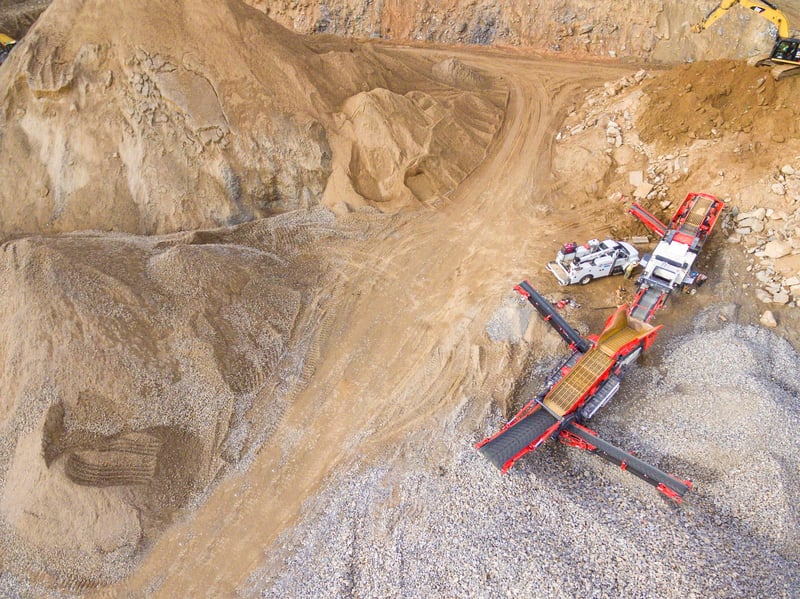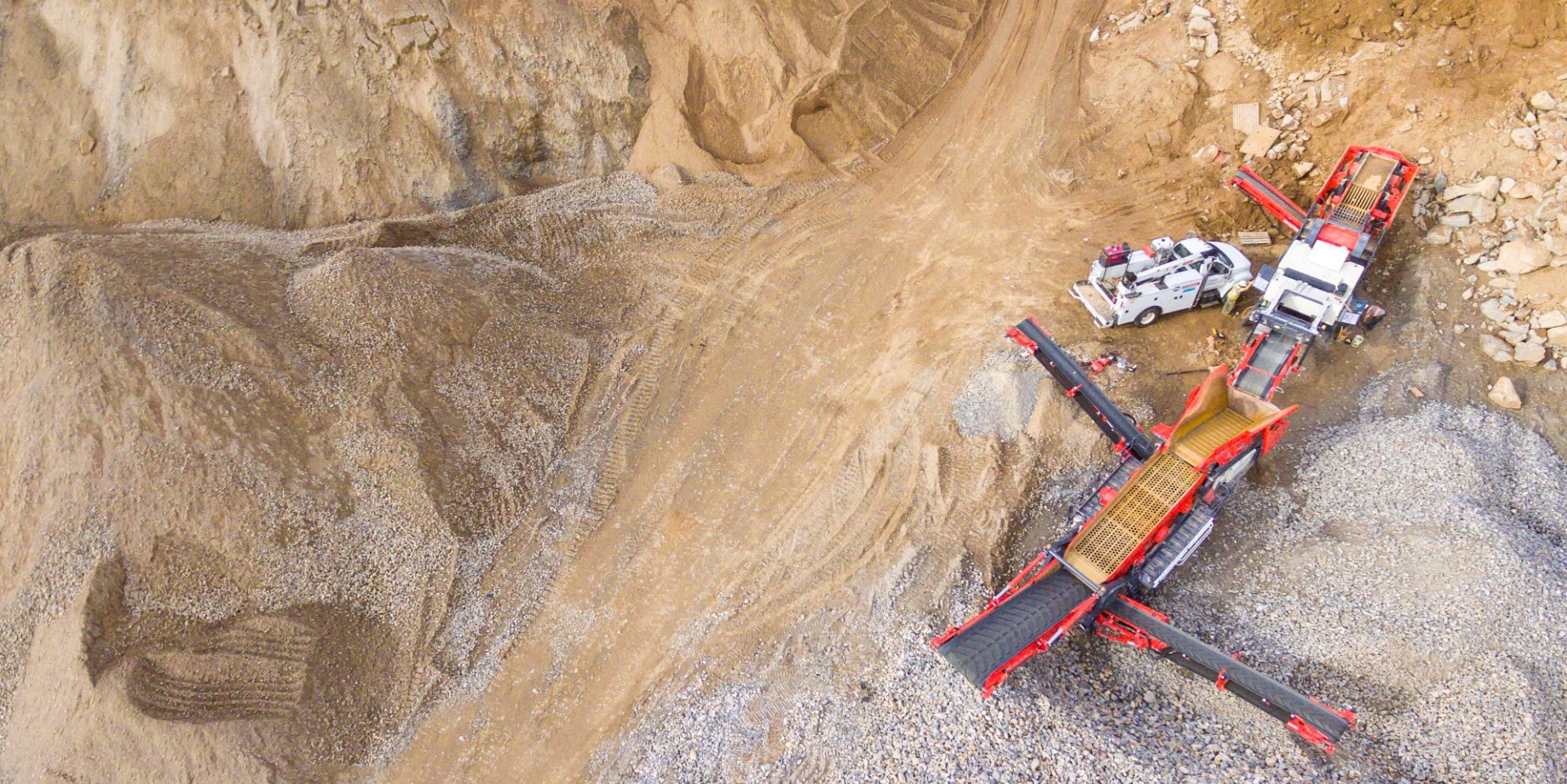
Quarries can be chaotic places, with huge vehicles hauling heavy materials, workers navigating treacherous terrain and experts igniting powerful explosives. The quarry operator is tasked with managing all of this chaos.
Operators are responsible for taking necessary measures to ensure that the quarry and its plant are designed, constructed, equipped, commissioned, operated and maintained in such a way that workers can perform the work assigned to them without endangering their own health and safety or the health and safety of others.
As a quarry operator, that makes you responsible for a lot. Your job is indispensable. Use this overview of your general health and safety duties to whittle down your responsibilities to a more manageable size.
General Duties
Your general duties as a quarry operator can be extensive—you are responsible for implementing all health and safety measures and managing them for the entire site, including for work carried out by people who may not be your employees, such as contractors or delivery drivers. Be sure to coordinate and oversee the work of all employees on-site, even if they do not work directly for you.
Your duties could include ensuring that all buildings or structures are designed, constructed, erected, operated, supervised and maintained to withstand any reasonably foreseeable environmental forces, and that they have a construction and solidity appropriate to the nature of their use. You must also confirm that the quarry is left in a safe condition if you need to abandon it or halt operations.
To help meet your demanding obligations, here are some factors to consider at all stages of site development:
- The geotechnical features of the site
- The proximity of areas where members of the public are likely to be found
- The presence of waterways, services or disused mine or quarry workings
- The use, width, condition and inclination of traffic routes
- The siting and building of landfills and their stability
- Working methods and any materials that threaten workers’ health
- The safe use and maintenance of machinery
- The safe use of explosives
Planning and Preparing
Thorough planning and preparation can greatly shrink your workload and help promote compliance. During the initial planning and preparation stages, be sure to accomplish these tasks:
- Appoint a suitable overall quarry manager and management team and clearly set out their responsibilities.
- Assess site risks and prepare a plan to reduce them.
- Establish lock-off/isolation and permit-to-work systems for particularly hazardous tasks.
- Develop a health and safety document and site rules, and ensure that everyone understands them.
- Notify OH&S about the quarry and any hazardous excavations or landfills.
Day-to-day Work
Your wide range of responsibilities requires you to adopt an expansive point of view to cover your site’s numerous risks. But sometimes you need to narrow your scope, particularly when assessing the safety of your employees’ day-to-day work. In your own day-to-day work, complete the following:
- Ensure there are enough suitable employees and contractors to do the work.
- Confirm that all employees and contractors are competent and have had adequate training.
- Encourage the workforce to actively involve themselves in health and safety.
- Facilitate employee and contractor cooperation.
- Report accidents, dangerous occurrences and cases of ill health.
Review and Monitoring
Your duties as a quarry operator end only when the job does, meaning you should continually review and monitor health and safety to ensure compliance.
You should routinely monitor and review safety procedures and physical safeguards, such as visibility aids. Regular monitoring and reviewing helps to stem accidents before they happen. However, if an accident or near-miss does occur, you need to monitor and review the situation to ascertain what went wrong and why. After reviewing an accident or near-miss, explain your findings to everyone affected and be sure to implement any required changes.
The Health and Safety Document
Before any work can start, you need to help prepare a health and safety document which lists the worksite’s risks and any necessary risk-reduction measures. The health and safety document should contain the following information:
- Risk assessments
- Coordination of health and safety measures
- Management structure
- Explosion risk control plan
- Toxic gas protection plan
- Plan of the quarry
- All worksite instructions, rules and schemes
Familiarize Yourself
This guidance is a just brief overview of quarry operator responsibilities. Familiarize yourself with all relevant legislation and let Axis Insurance Group provide tailored insurance to help keep your quarry safe against a mountain of risk. Contact us today for more information or get your free copy of our Mining & Mineral Exploration Insurance Guide here:




